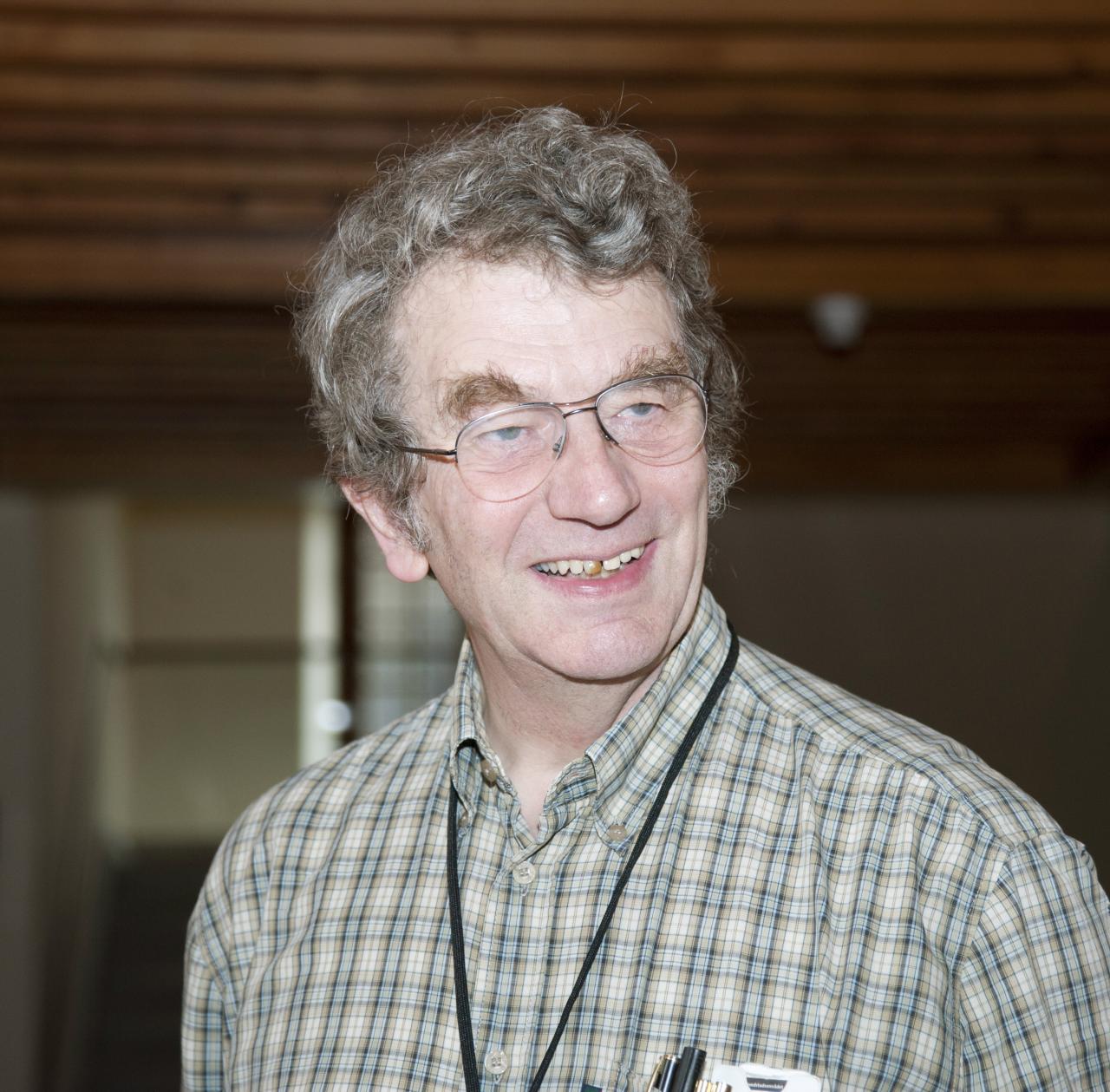Jorgen Christensen-Dalsgaard, professor of Helio- and Asteroseismology at Aarhus University (The Netherlands), seems to be interested in all aspects of these two disciplines. Among other activities, he heads SONG (Stellar Observations Network Group), an international network of terrestrial telescopes for continuous observation of the stars, and he directs the KASC (Kepler Asteroseismic Science Consortium), which studies asteroseismological data gathered by Kepler. Another of his achievements is to have persuaded NASA to include Asteroseismology as part of the Kepler mission. This year marks his return to the Winter School series, his first participation having been in 1994 for the school dedicated to "The Structure of the Sun". He is without doubt a key figure in Helio- and Asteroseismology research.
Asteroseismology is mainly performed with satellites. Why do you need to build a telescope network like SONG on earth?
Space asteroseismology has the big advantage of providing observations of many stars at once. This allows us to study stellar properties over a broad range of parameters, in what has been called 'ensemble Asteroseismology'. However, the observations are made in light variations of the stars, where there is a substantial stellar 'noise' background, e.g., from the granulation. This limits the number of modes that can be observed and the precision with which the frequencies can be determined. For observations in radial velocity this background is far smaller relative to the oscillations, allowing more accurate determination of the frequencies for a broader range of modes of oscillation and hence far better potential to study the detailed internal properties of the stars. Such velocity observations can be made from the ground and are the goal of the SONG network. Thus one can say that SONG and the space observations complement each other.
How far has the SONG network progressed?
The prototype is being built in Germany and Denmark and the site is being prepared on Tenerife even as I write. We expect the prototype to be operational by the summer of 2011. The Chinese are far advanced with the design and funding of a Chinese node which may be operational as early as 2012. For the remaining nodes support is being sought from a number of sources, including a proposal to establish a further two nodes funded by Denmark. Thus it is also time to establish a more clearly defined management structure and prepare for the first observations.
Did CoRoT (COnvection ROtation and planetary Transits) and Kepler leave any big questions about solar type star evolution unanswered and might PLATO(PLAnetary Transits and Oscillations of stars) be able to answer them?
We have only just started the analysis of the data from CoRoT and in particular Kepler, and hence it is early to judge the extent to which these missions will solve the major questions. However, in any case PLATO will represent a major advance on these missions. It will carry out asteroseismology for a vastly bigger sample of stars and hence allow a more representative overview of stellar properties as functions of stellar mass, age and composition. In particular, we have so far observed few stars with a mass similar to or smaller than that of the Sun, and PLATO should fill this gap. Also, it will observe brighter stars for which more detailed and accurate information can be obtained from 'classical' observations.
Why is seismology important for the study of extrasolar planets?
Asteroseismology is the only method to obtain an accurate characterization of the host stars in extrasolar planetary systems. With the transit method, as used by CoRoT and Kepler and to be used by PLATO, we need the stellar radius to determine the radius of the planet from the observations. Also, Asteroseismology allows us to determine the age of the star and hence of the planetary system, which is very important for the understanding of the evolution of planetary systems. Results from Kepler have already demonstrated this potential and it is a cornerstone for the PLATO mission, where asteroseismology will be carried out for a large fraction of the stars for which planets are found.
You taught at the IAC's Winter School of Astrophysics in 1994. How seismology, including of the Sun, changed since then? Has its progress surprised you and has it lived up to your expectations?
Yes, the progress has certainly more than lived up to my expectations. 1994 was just before the start of the GONG project and the launch of the SoHO satellite and data from these projects have completely revolutionized our knowledge about (if not always our understanding of!) the Sun. Some surprises include the detailed dynamics of the solar convection zone, perhaps including the 1.3 yr oscillation near the base of the convection zone, and the accuracy with which we can test the physics of the solar interior. More will surely come from the recently launched Solar Dynamics Observatory.
In 1994 we certainly hoped that we would be able to observed solar-like oscillations in other stars, as has turned out to be the case, but I would not have imagined that we could obtain such detailed data for such a large number of stars as we are now getting from Kepler, including clear detection of 'mixed modes' with a great potential to study the deep interiors of stars. This is a perfect time to enter the field of Helio- and Asteroseismology!
XXII Canary Islands Winter School of Astrophysics
Annia Domènech
